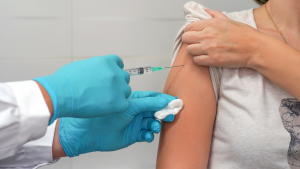
Preventing HIV with Just Two Shots a Year? A New Study Shows This is Possible
Remarkable results in a Phase III PrEP trial with women and adolescent girls in Africa—two injections per year effectively prevented all HIV infection.
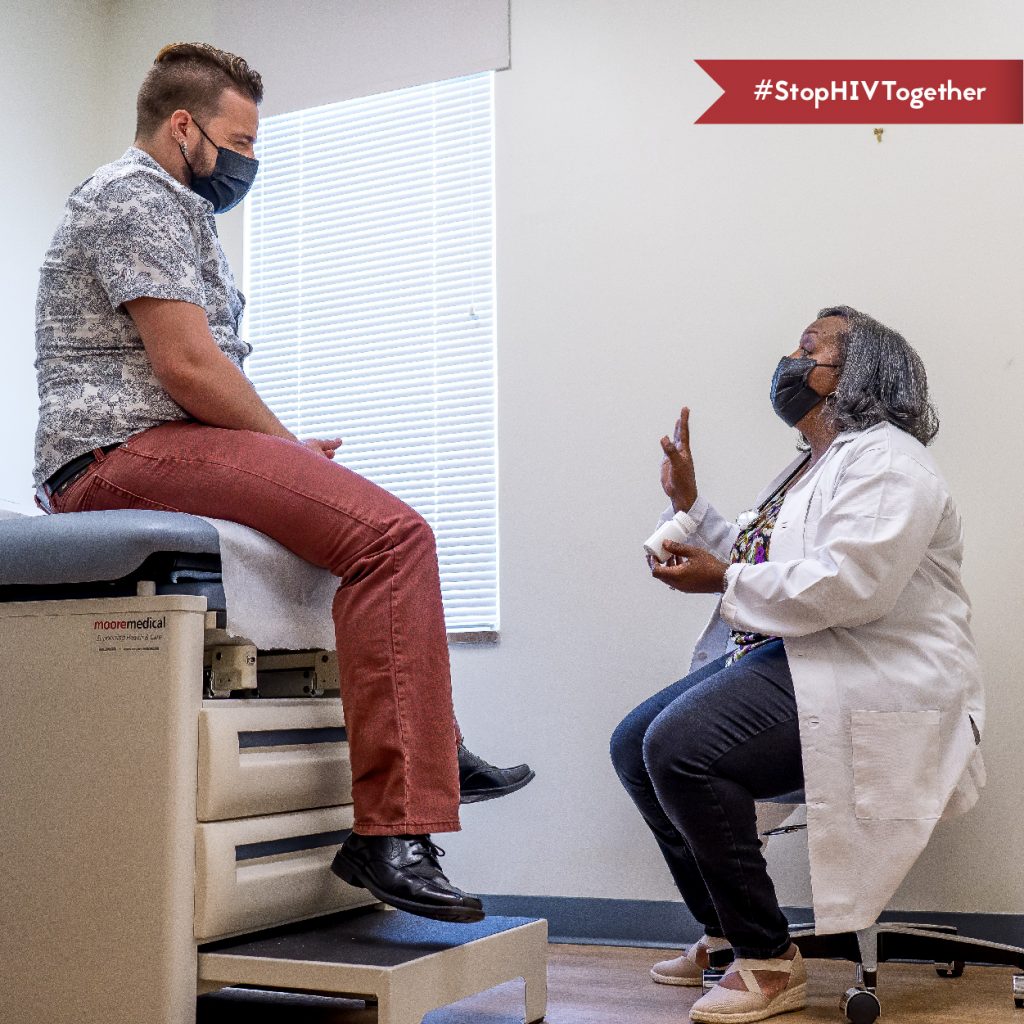
A new meta-analysis of eight published studies found that the risk of sexual transmission of HIV is almost zero in people with low viral loads. This study confirms the message that “Undetectable=Untransmittable” or “U=U.”
Until now, public health has focused on undetectable viral loads. Viral load refers to the amount of virus in the blood of someone living with HIV. “Undetectable” load amounts to less than 200 copies of the virus per mL of blood. This new study suggests that low viral loads (less than 1,000 copies/mL) might offer the same benefits when it comes to sexual transmission.
The goal of antiretroviral therapy (ART) is to suppress viral load. This allows the immune system to keep working and a person can stay healthy and live longer. Without ART, people living with HIV can have viral loads of anywhere between 30,000 and 500,000 copies/mL. A viral load of less than 1,000 copies/mL is considered suppressed. Anything under 200 copies/mL is considered undetectable
The analysis, which was presented at the meeting of the International AIDS Society on HIV Science and published in the Lancet, included 7,762 serodiscordant couples (couples in which one partner has HIV and the other does not) in 25 countries. Among them, there was a total of 323 sexual transmissions of HIV detected. Only two involved a partner with a viral load of less than 1,000 copies/mL. The authors note that in those two cases, there was a big gap of time (over 50 days) between the viral load test and the transmission to a partner. This could mean the person’s viral load had unknowingly gone up.
Lara Vojnov, diagnostics advisor in the HIV and Hepatitis Department at the World Health Organization (WHO), was co-author of the study. She explained its significance this way:
“The ultimate goal of antiretroviral therapy for people living with HIV is to maintain undetectable viral loads, which will improve their own health and prevent transmission to their sexual partners and children. But these new findings are also significant as they indicate that the risk of sexual transmission of HIV at low viral loads is almost zero. This provides a powerful opportunity to help destigmatise HIV, promote the benefits of adhering to antiretroviral therapy, and support people living with HIV.”
The study was released along with a new policy brief from the WHO which focuses on the importance of viral suppression. The brief suggests that providers should stress the goal of suppression to all people living with HIV, particularly those who are just starting treatment, and that viral load testing can serve as motivation for adhering to treatment. It also explains that there are many approved types of viral load tests. The brief suggests that point-of-care tests and alternative sample types (such as dried blood spot) could significantly expand the availability of testing in low-resource and remote areas of the world.
Bruce Richman, found of the Prevention Access Campaign, said: “WHO clarification that an undetectable viral load can be confirmed by any WHO-approved test, is a game-changer for health equity, particularly in lower-income countries where plasma-based tests are not cost-effective and scalable. When the WHO’s new brief is translated from policy to implementation, millions more people living with HIV will have the assurance that they’re staying healthy and can’t pass on HIV.”
Both the article and the policy brief stress that the findings on low viral loads apply only to sexual transmission of HIV. The impact of a viral load on HIV transmission through sharing needles for injecting drug use has not been studied. As for mother-child transmission, the risks are different. Transmission can occur during pregnancy, childbirth, or breastfeeding, meaning the exposure to the virus is higher. Still, the policy brief notes that, “Available evidence suggests that if a mother living with HIV is taking antiretroviral therapy and maintains a suppressed viral load during pregnancy, delivery and breastfeeding, the risk of vertical HIV transmission can be as low as <1%.”
Read the complete WHO policy brief, The Role of HIV Viral Suppression in Improving Individual Health and Reducing Transmission Policy Brief, here.

Remarkable results in a Phase III PrEP trial with women and adolescent girls in Africa—two injections per year effectively prevented all HIV infection.

A joint investigation by the CDC and the New Mexico Health Department has confirmed that an unlicensed medi-spa is responsible for at least three cases of HIV.

The USPSTF recently released updated recommendations on Pre-Exposure Prophylaxis for preventing the sexual transmission of HIV. The recommendations add additional medications, including a long-acting injectable.
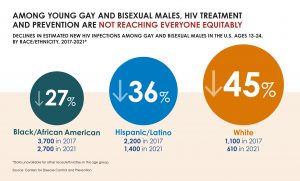
While CDC reported a decline in overall new HIV infections, disparities in HIV prevention and treatment remain.
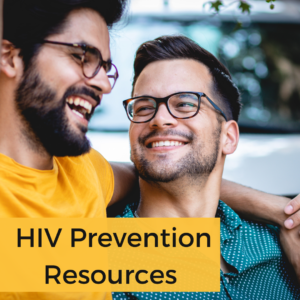
HIV Advocacy Anytime is the right time to promote HIV prevention and advocacy Anytime is the right time to promote HIV prevention and advocacy and there are specific observations recognized throughout the year when it’s especially good to be involved. These include: Black HIV/AIDS Awareness
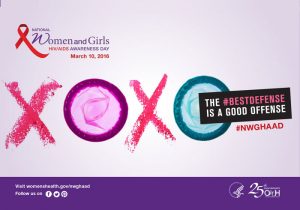
National Women and Girls HIV/AIDS Awareness Day is an annual, nationwide observance that sheds light on the impact of HIV and AIDS on women and girls. The U.S. Department of Health and Human Services’ Office on Women’s Health (OWH) leads National Women and Girls HIV/AIDS
ASHA believes that all people have the right to the information and services that will help them to have optimum sexual health. We envision a time when stigma is no longer associated with sexual health and our nation is united in its belief that sexuality is a normal, healthy, and positive aspect of human life.
ABOUT
GET INVOLVED
ASHA WEBSITES
GET HELP
© 2024 American Sexual Health Association